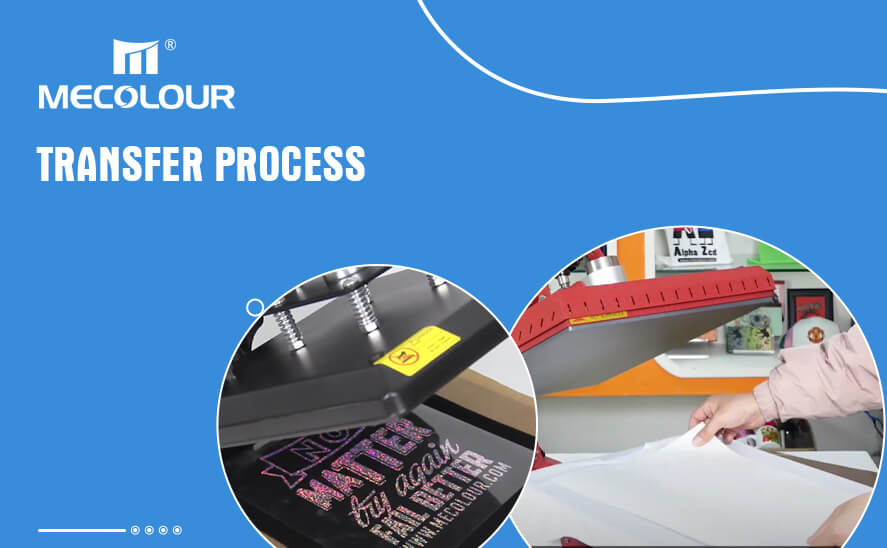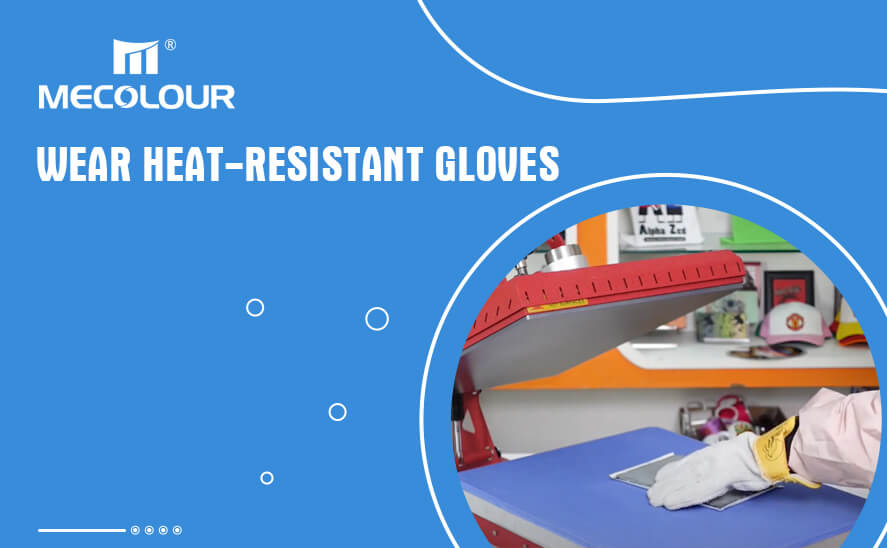T-shirt press machines are specialized devices designed to apply heat and pressure to transfer designs, logos, and graphics onto various types of fabrics. These machines have gained immense popularity due to their ability to create long-lasting, vibrant, and professional-looking custom apparel. Whether you’re producing t-shirts, hoodies, or caps, a t-shirt press machine streamlines the process and ensures consistent results.
Types of T-Shirt Press Machines: Finding the Perfect Match
When it comes to T-shirt press machines, there are several types available on the market. Each type has its unique features, pros, and cons. Here are the main types:
Heat Press Machines
Heat press machines are the most common type of t-shirt press machines. They use a combination of heat and pressure to adhere a transfer onto the fabric. Heat press machines come in various sizes, from compact models for home use to larger industrial units suitable for high-volume production.
Screen Printing Press Machines
Screen printing press machines employ a different technique, using screens to apply ink onto the fabric. While they offer excellent durability, they are better suited for larger quantities due to the complexity of the setup process.
Sublimation Press Machines
Sublimation press machines are ideal for intricate designs and full-color prints. They work by transferring ink from a specialized sublimation paper onto the fabric using heat. The ink permeates the fabric, resulting in a vibrant and long-lasting image.
Factors to Consider When Choosing a T-Shirt Press Machine
Purpose and Intended Use
Before purchasing a t-shirt press machine, determine whether it’s for personal or business use. Consider the volume of items you plan to produce and whether you’ll need specific features for your projects.
Heat and Pressure Control
Accurate heat and pressure control are essential for achieving high-quality results. Look for a machine that allows you to adjust these parameters according to the type of fabric and transfer material you’re using.
Size and Design
The size of the press machine’s platen (the flat surface that holds the garment) matters. Larger platens are suitable for bigger designs and multiple-item transfers, while smaller ones are more practical for intricate designs.
Budget Considerations
Set a budget range for your t-shirt press machine. While it’s tempting to opt for the cheapest option, investing in a reliable and durable machine will pay off in the long run.
Versatility and Compatibility
Choose a machine that is compatible with a variety of materials, including different fabrics and transfer types. Versatility ensures you can expand your creative options over time.
Related:
What does Flat Press Machine do?
What kind of transfer equipment is suitable for T-shirt printing?
Step-by-Step Guide to Using a T-Shirt Press Machine
Preparing the Design and Garment
Start by creating or selecting the design you want to transfer onto the garment. Ensure that the fabric is clean and free of wrinkles for a smooth transfer.
Setting Up the Machine
Plug in the machine and allow it to heat up to the desired temperature. Place the garment onto the platen, ensuring it’s centered and positioned correctly.
Applying the Transfer
Position the transfer paper or vinyl onto the fabric, ensuring it’s aligned with your design. Lower the platen to apply heat and pressure, following the Mecolour manufacturer’s recommendations for time and temperature.
Removing the Transfer Paper
After the transfer process is complete, carefully peel off the transfer paper or vinyl while the fabric is still warm. This step requires attention to detail to prevent any damage to the design.
Quality Checks and Finishing Touches
Inspect the transferred design for any imperfections or uneven areas. If necessary, reapply heat for a few seconds to ensure proper adhesion. Once satisfied, your custom garment is ready to wear or sell.
How To Use Mecolour Auto-open Heat Press Machine with Slide-out Drawer?
Maintenance and Care Tips for Your T-Shirt Press Machine
Cleaning and Inspection
Regularly clean the platen and machine surfaces to prevent residue buildup. Inspect the machine for any signs of wear or damage that could affect performance.
Lubrication and Temperature Calibration
Follow Mecolour manufacturer’s guidelines for lubricating moving parts. Additionally, calibrate the machine’s temperature settings periodically to ensure accuracy.
Storage and Protection
When not in use, cover your t-shirt press machine to protect it from dust and debris. Store it in a dry, temperature-controlled environment.
Troubleshooting Common Issues with T-Shirt Press Machines
Uneven Heat Distribution
If your transfers show uneven coloring or incomplete adherence, your machine’s platen might not be distributing heat evenly. Check for any cold spots and consider using a heat-resistant mat to improve distribution.
Transfer Peeling Off
If your transfer is peeling off after washing, ensure you’ve applied sufficient heat and pressure during the initial transfer process. Additionally, use the recommended transfer material for the fabric type.
Fading or Bleeding Colors
Fading or bleeding colors can result from incorrect temperature settings or improper use of transfer materials. Always follow Mecolour manufacturer’s guidelines for temperature and material compatibility.
Safety Guidelines for Using T-Shirt Press Machines
Proper Ventilation
Work in a well-ventilated area to prevent inhaling fumes released during the heat transfer process. If working indoors, consider using a fume extraction system.
Heat-Resistant Gear
Wear heat-resistant gloves and protective eyewear while operating the machine to avoid burns or other injuries.
Emergency Shut-off Procedures
Familiarize yourself with the emergency shut-off procedures in case of any issues or malfunctions during operation.
Advantages of Using a T-Shirt Press Machine
Customization Possibilities
T-shirt press machines allow for limitless customization options, making them ideal for personalizing apparel with unique designs and messages.
Time and Cost Efficiency
Compared to traditional printing methods, t-shirt press machines offer quicker turnaround times and cost-effective production, especially for small quantities.
Professional-Level Results
The precision and quality achieved by t-shirt press machines result in professional-looking garments that stand out.
Choosing the Right Accessories and Materials
Heat Transfer Vinyl
HTV is a versatile material for t-shirt transfers, available in various colors and finishes. It’s easy to work with and adheres well to fabrics.
Sublimation Paper and Ink
Sublimation paper and ink enable you to transfer complex, full-color designs onto garments, creating vibrant and durable prints.
Cleaning Supplies and Tools
Invest in cleaning supplies and tools designed specifically for t-shirt press machines to ensure proper maintenance and longevity.
Comparing Mecolour T-Shirt Press Machine types
Mecolour has established itself as a reliable brand in the realm of heat press machines. Known for their quality and versatility, Mecolour offers a wide range of features to suit various customization needs. How to choose the right press machine for t-shirt?
Auto-Open Heat Press Machine With Slide-Out Drawer
Features and Benefits
Auto-Open Mechanism: The auto-open feature lifts the heating element when the preset time and temperature are reached, preventing overexposure.
Slide-Out Drawer: The slide-out drawer design enhances convenience and reduces strain on the operator.
Consistent Results: Automation ensures consistent, professional-quality transfers.
Efficiency: The auto-open feature allows multitasking, improving productivity.
Ideal Use Cases
This machine is ideal for businesses or individuals seeking efficient production, ease of use, and enhanced safety. The auto-open feature makes it suitable for larger production volumes.
Heat Press Machine 23x30cm
Features and Benefits
Compact Size: The small footprint makes it suitable for limited workspace.
Versatility: Ideal for smaller items like patches, labels, and smaller-sized garments.
Precise Control: Allows for precise temperature and pressure adjustment.
Ideal Use Cases
The Heat Press Machine 23x30cm is perfect for those starting small or focusing on smaller items like badges or infant clothing. It’s also great for hobbyists or beginners.
Heat Press Machine 38x38cm
Features and Benefits
Medium Size: Strikes a balance between compactness and versatility.
Uniform Heating: Ensures even heat distribution for consistent transfers.
Multiple Applications: Suitable for a wide range of garments and items.
Ideal Use Cases
This machine is suitable for small to medium-sized projects, offering versatility and consistent results. It’s a go-to choice for those looking to expand their customization options.
Heat Press Machine 40x50cm
Features and Benefits
Large Platen: Offers ample space for larger designs and garments.
Professional Results: Ideal for businesses seeking high-quality, large-scale transfers.
Diverse Applications: Accommodates a variety of garments and items.
Ideal Use Cases
The Heat Press Machine 40x50cm is tailored for businesses or serious enthusiasts requiring larger transfer areas. It’s perfect for producing larger batches of custom apparel.
Choosing the right t-shirt press machine is a critical step in achieving excellent results when creating custom apparel. By understanding the different types of machines, considering your needs, and following best practices for operation and maintenance, you can confidently embark on your journey to produce high-quality, personalized garments.
FAQs
Yes, t-shirt press machines are designed to work with various fabric types. However, it’s important to adjust heat and pressure settings based on the fabric’s composition.
The size of your design depends on the machine’s platen size. Larger platens allow for bigger designs, while smaller ones are suitable for smaller items.
While basic operation is straightforward, it’s recommended to familiarize yourself with the machine’s manual and guidelines to achieve the best results.
While possible, using a home iron may not provide consistent heat and pressure, leading to uneven transfers and lower quality results.
Using high-quality transfer materials and following manufacturer-recommended temperature and pressure settings can help ensure the longevity of your designs.




